
The First World War witnessed a rapid advance in new technologies, notably aircraft. Nowhere was this more evident than in the field of aerial photography. By 1917, all the belligerents had developed sophisticated systems for taking, processing and interpreting aerial imagery. Because of their well-established pre-war photographic industry and high-quality optical glass, the German Air Service was one of the most advanced in this field, employing high-resolution cameras. German aerial photographers were present on all fronts, from Finland to as far south as Cairo, creating over 1.5 million individual images, the bulk of these covering areas that had never previously been photographed.
One of the remote regions where German photographers were active was the Armenian Highlands in the Ottoman Eastern Provinces, where the Ottoman and Russian armies had been fighting since the first months of the war. Flying fragile biplanes, at a height of several thousand metres, German and Ottoman airmen used hand-held glass plate cameras to photograph the villages and towns in an effort to locate Russian Army positions.
Thirteen sepia prints from some of these images were recently found in France. How they reached France from the Armenian Highlands is unknown. What we do know is they represent the first known aerial photos of the region and, just as importantly, offer new evidence of the destruction that followed the forced deportations of 1915-16 when the Ottoman authorities sent the Armenian population to concentration camps in the Syrian desert.
هذه القصة مأخوذة من طبعة Issue 110 من History of War.
ابدأ النسخة التجريبية المجانية من Magzter GOLD لمدة 7 أيام للوصول إلى آلاف القصص المتميزة المنسقة وأكثر من 9,000 مجلة وصحيفة.
بالفعل مشترك ? تسجيل الدخول
هذه القصة مأخوذة من طبعة Issue 110 من History of War.
ابدأ النسخة التجريبية المجانية من Magzter GOLD لمدة 7 أيام للوصول إلى آلاف القصص المتميزة المنسقة وأكثر من 9,000 مجلة وصحيفة.
بالفعل مشترك? تسجيل الدخول

NAUMACHIA TRUTH BEHIND ROME'S GLADIATOR SEA BATTLES
In their quest for evermore novel and bloody entertainment, the Romans staged enormous naval fights on artificial lakes
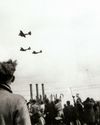
OPERATION MANNA
In late April 1945, millions of Dutch civilians were starving as Nazi retribution for the failed Operation Market Garden cut off supplies. eet as In response, Allied bombers launched a risky mission to air-drop food
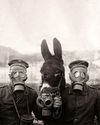
GASSING HITLER
Just a month before the end of WWI, the future Fuhrer was blinded by a British shell and invalided away from the frontline. Over a century later, has the artillery brigade that launched the fateful attack finally been identified?
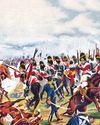
SALAMANCA
After years of largely defensive campaigning, Lieutenant General Arthur Wellesley went on the offensive against a French invasion of Andalusia
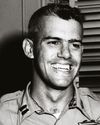
HUMBERT 'ROCKY'VERSACE
Early in the Vietnam War, a dedicated US Special Forces officer defied his merciless Viet Cong captors and inspired his fellow POWs to survive
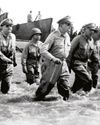
LEYTE 1944 SINKING THE RISING SUN
One of the more difficult island campaigns in WWII's Pacific Theatre saw a brutal months-long fight that exhausted Japan’s military strength
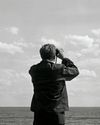
MAD DAWN
How technology transformed strategic thinking and military doctrine from the Cold War to the current day
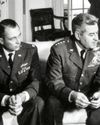
BRUSHES WITH ARMAGEDDON
Humanity came close to self-annihilation with the Cuban Missile Crisis, Broken Arrows’ and other nuclear near misses
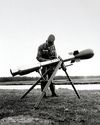
THE DEADLY RACE
How the road to peace led to an arms contest between the USA and USSR, with prototypes, proliferation and the world’s biggest bomb

THE MANHATTAN PROJECT
Einstein, Oppenheimer and the race to beat Hitler to the bomb. How a science project in the desert helped win a war